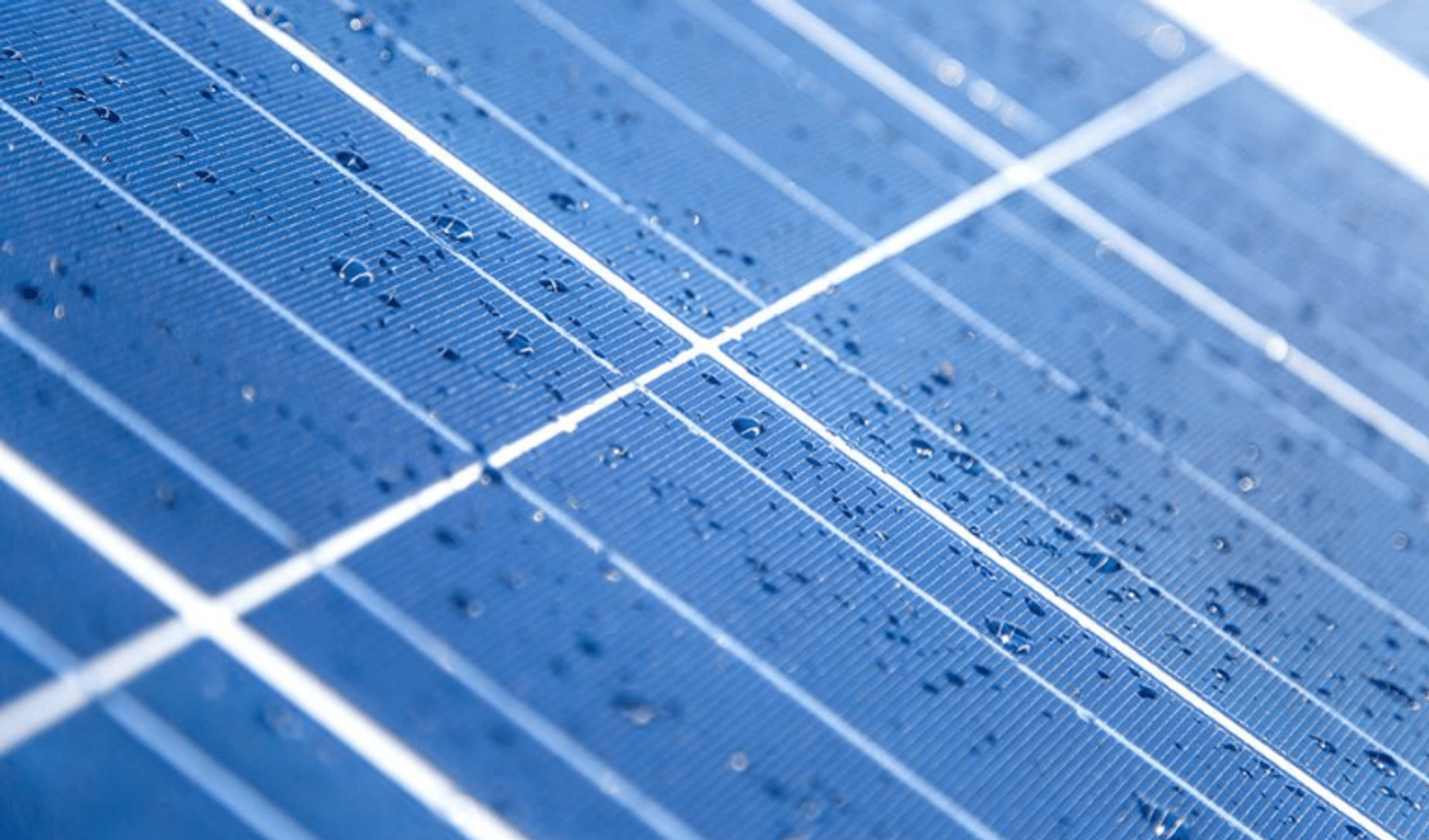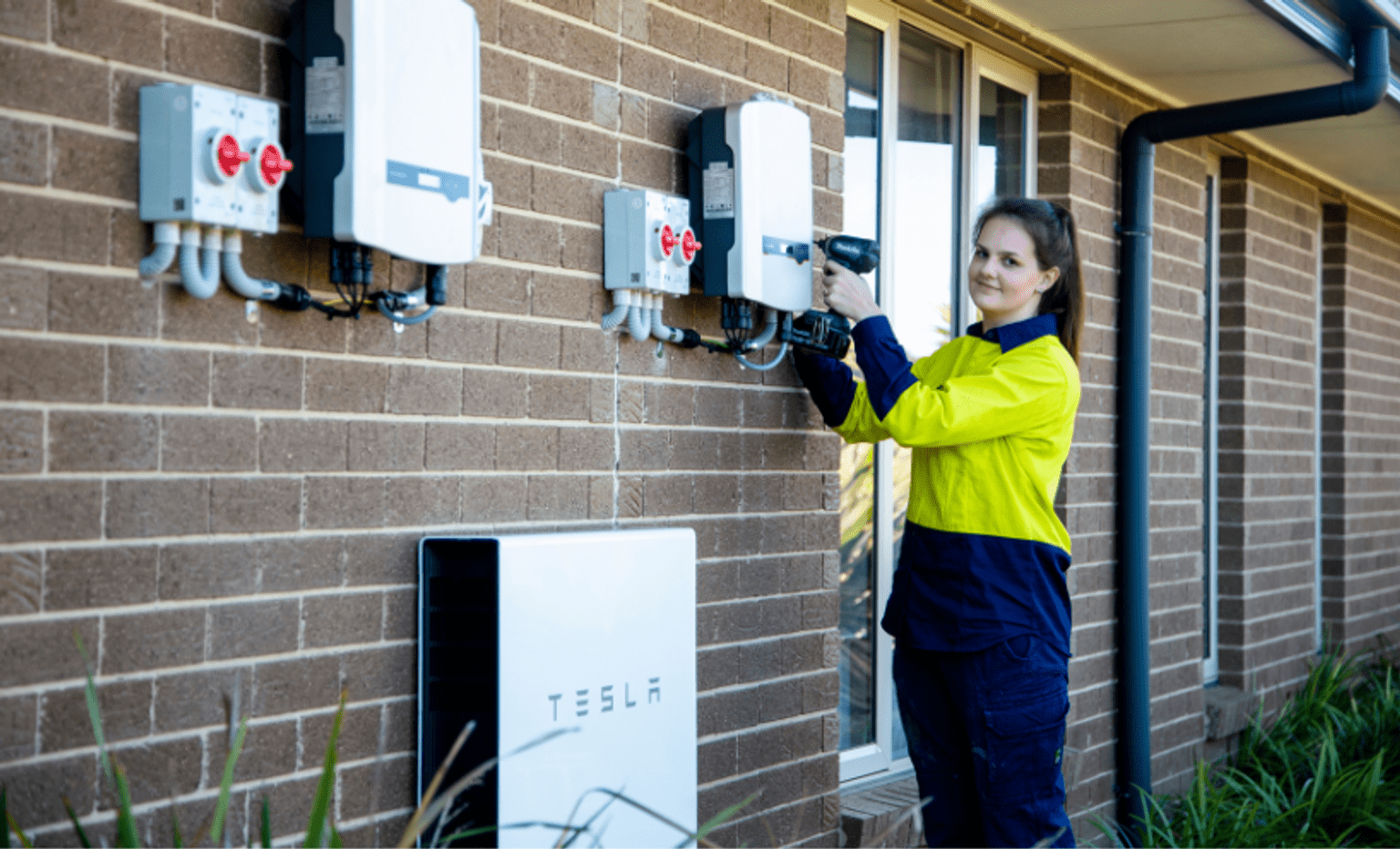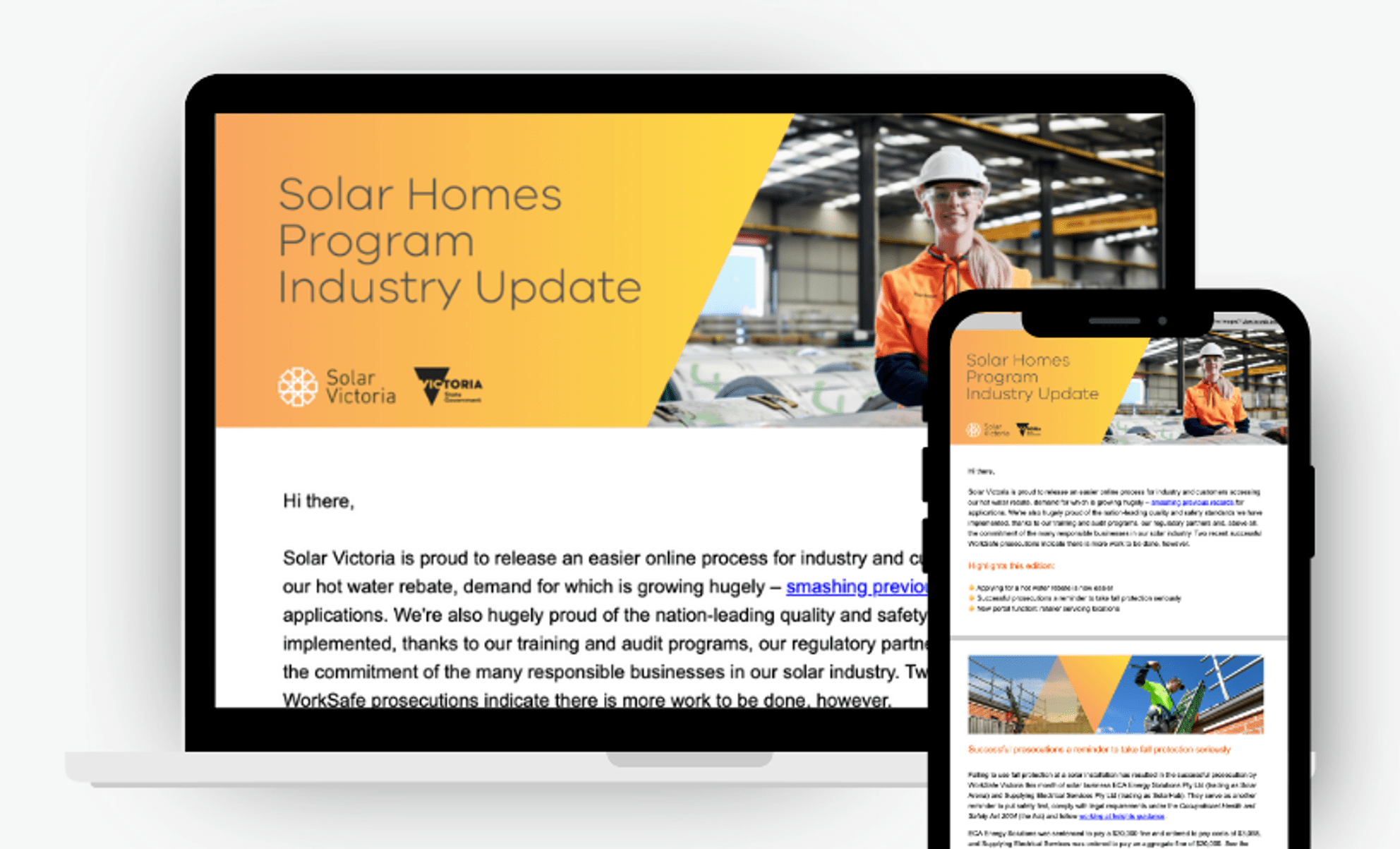Audits drive continuous improvement and ensure installation problems are dealt with promptly.
Authorised retailers or installers whose installations are found to be non-compliant or unsafe risk being suspended or removed from the Solar Homes Program.
Purpose of the audit program
Our audit program identifies areas across the solar and hot water industries that need improvement and ensures the safety and quality of systems and installations. It also ensures everyone in the industry understands their obligations.
Auditors will look at the quality of the work and whether there are issues that need to be followed up with the authorised retailer.
Audits provide a valuable picture of the standard of work being delivered uner the Solar Homes Program. We collaborate and provide feedback to industry for further action, education or improvement.
Steps in the audit process
The audit process involves the following steps.
Step one: Selecting sites to audit
At this step, we select the audit sites, aiming to inspect a sample of 2.5 per cent of all Solar Homes Program installations. This may occur shortly after installation or up to six months after installation.
We are committed to auditing a range of installations across Victoria. When selecting an audit site, we may consider a retailer’s performance, industry experience, compliance history, product and system price.
Step two: Conducting the audit
At this step, an independent auditor from TechSafe Australia who we engaged inspects a range of installations under the Solar Homes Program.
If selected, a representative from TechSafe will contact the homeowner to arrange a suitable time for the inspection. We also email the homeowner to let them know about the audit.
Auditors for the Solar Homes Program look at a range of matters including:
- Electrical safety: Check of conduit placement, ingress protection, fuses, location, quality of DC isolators and the application of safety warning labels.
- Equipment: Ensure PV modules, inverters, batteries and hot water products are on our eligible products lists and are installed to ensure manufacturer's warranties are intact.
- System design and functionality: Making sure solar systems have been designed appropriately, for example, with correct sizing, aspect and shading tolerances, and are operating as expected.
- Documentation and credentials: Check of installers' accreditations and licences and required installation documentation sighted.
They use checklists we developed in collaboration with external stakeholders to ensure the quality and safety of the systems for the audits.
These documents include all questions auditors base their inspection of solar PV, hot water and solar battery installations on, using the current audit checklists:
Step three: Reporting on the draft audit findings
At this step the independent auditor documents preliminary or draft audit findings and seeks feedback from the retailer and installer (within 7 days).
Unless you are challenging the draft report findings, our expectation is that you start work on rectifying any items noted as “Needs Rectification” from the time you receive the draft report. We also expect any improvements identified in the audit report to be made where practicable whilst completing rectifications.
The homeowner will also be informed and advised of any next steps if required by the authorised retailer (or appointed installer).
Step four: Reporting on the final audit findings
At this step the independent auditor confirms audit findings and sends the final report to us. We will then let you know how to view the final report for both the retailer and installer for the audited installation.
If improvements are identified or the installation is found to be adequate, the retailer and installer do not need to take any further steps.
These findings mean the system is compliant and has been installed satisfactorily. We do, however, encourage retailers and installers to action the information and guidance provided where improvements have been identified.
Step five: Rectifications needed
At this step we send a rectification notice to the retailer via the Solar Victoria portal. Rectifications are needed if the auditor rates the installation as 'Unsafe' or 'Needs Rectification'. This notice provides 30 days for the retailer to rectify any identified issues.
The retailer will be given information about:
- how the installation does not comply with safety and quality standards
- what is required to resolve this non-compliance
- the matter being referred as appropriate to Energy Safe Victoria, the Building and Plumbing Commission and the Clean Energy regulators accreditation scheme operator or battery accreditation provider to determine if further action is needed.
The retailer must contact the customer within 7 days to arrange a time to complete any rectification works. Where an “Unsafe” report has been issued, you were advised to render the system safe and rectify any identified non-compliance at the time of the audit.
We will then review the evidence provided and change the job status to Rectification Complete.
Step six: Rectifications completed
At this step the retailer let us know that all rectification work is complete (within 30 days) and uploads evidence of satisfactory rectification works via the Solar Victoria portal.
We will then review the provided evidence and change the job status to 'Rectification Complete'.
If we have any follow-up questions, we will change the status of the audit to 'Additional Information Required' and will contact the retailer.
Performance reporting
Throughout the audit process, we aggregate audit data and may advise the retailer and installer of their performance and any actions they will need to take to improve future performance.
If audit findings are unacceptable, we may decide whether individuals or companies can continue to participate in the Solar Homes Program.
Solar Victoria Enforcement Committee
Some issues will be considered by the Solar Victoria Enforcement Committee. The committee includes members from Solar Victoria, WorkSafe Victoria, Energy Safe Victoria, Building and Plumbing Commission, Consumer Affairs Victoria, Essential Services Commission and the Clean Energy Regulators accreditation scheme operator or battery accreditation provider.
This group will consider any action already taken by individual agencies and determine whether the matter needs to be referred to the Clean Energy Regulator’s accreditation scheme operator, battery accreditation provider or Solar Victoria for further action.
Others notified of unsafe installations
If a solar, battery or hot water installation is found to be unsafe, or has major non-compliance issues that require rectification, we will inform Energy Safe Victoria, the Clean Energy Regulator’s accreditation scheme operator, battery accreditation provider and the Building and Plumbing Commission.
If non-compliance issues are found with solar, battery or hot water installations, we will notify the Energy Safe Victoria, Clean Energy Regulator’s accreditation scheme operator and/or the Building and Plumbing Commission regarding enforcement and rectification.
Other checks on installations
In addition to the Solar Homes Program audits, other safety checks include:
- Electrical inspection - every system is required to be checked by a licensed electrical inspector and a Certificate of Electrical Safety (COES) issued prior to the system being connected to the distribution network.
- Plumber certificate - a licensed plumber is required to lodge a compliance certificate with the Building and Plumbing Commission within five days of completing any of the following work
- Safety visits - as part of the solar rebates process, we have asked householders to register for safety visits by WorkSafe Victoria during installation. These safety visits will focus on worker safety during installation, such as working at heights.
- Clean Energy Regulator audits - as part of a national program of inspections, the Clean Energy Regulator also performs selected audits 12 to 18 months after installation.
How to provide feedback on audits
Authorised retailers and installers whose installations have undergone an audit should first provide feedback or raise any concerns with the auditor through TechSafe Australia at solarhomes@techsafe.com.au.
Please email us at quality.assurance@team.solar.vic.gov.au if:
- your concerns can't be resolved with the auditor
- you would like to escalate this to our panel of technical experts to consider your feedback on an audit item.
Updated






